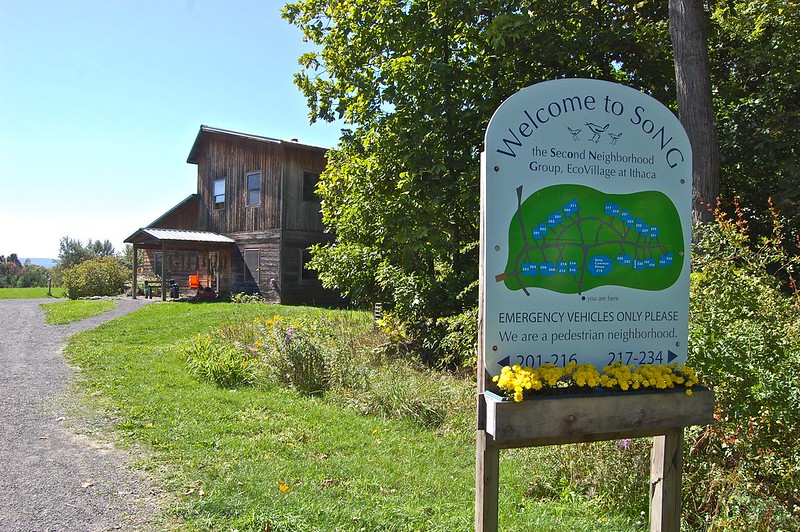Well, don’t stop the presses:
Annual Pew media survey reports woes for traditional media, a continuing rise
in digital journalism; and a report on Entertainment news squeezing out Environmental
coverage
What’s black and white, and read all over? Not newspapers, as the old children’s riddle once told
us, nor traditional news media, according to the Pew Research Center’s annual
report, “State of the News Media,”
out March 18th.
Analyzing
the media industry’s economics, audience and viewership, and prospects by
sector, the report details continuing rifts in the news media landscape, cuts
particularly affecting newspapers, and an ongoing rise in digital media.
This
may not be news to readers of Solaripedia,
but most news consumers are unaware of these profound changes. Surprisingly,
some 60 percent of Americans say they’re unaware of these trends, while 31
percent have stopped turning to news outlets they used to depend on.
Since
last year, the newspaper industry has lost the most ground to rivals in the
technology industry. The Center’s
estimates for newsroom cutbacks in 2012 “put industry employment down 30% since
its peak in 2000 and below 40,000 employees for the first time since 1978.” On cable TV, coverage of live events
during the day, “which often requires a crew and correspondent, fell 30% from
2007 to 2012,” with interview segments up 31%.
In 2011, the center found,
losses in print advertising dollars “outpaced gains in digital revenue by a
factor of roughly 10 to 1, a ratio even worse than in 2010.” Their conclusion,
when circulation and advertising revenue are combined, is that “the newspaper
industry has shrunk 43% since 2000.” The result is a news industry understaffed
and less prepared than ever to uncover stories or dig deep into emerging
trends.
Nevertheless they found that
news is becoming a more important and pervasive part of people’s daily lives. “That, in the end,” they wrote, “could
prove a saving factor for
the future of journalism.”
The brightest spot perhaps is
that online news consumption rose sharply during the last two years, as digital
platforms have spread. Online news was the only category of news that grew in
the Pew Research Center’s 2012 News Media Consumption Survey.
Another journalism report earlier
this year found particularly profound changes in news coverage when it comes to environmental issues (science,
health, climate and environmental policy).
“Environmental Coverage in the Mainstream News: We Need More,”
published in January 2013 by the Project for Improved Environmental Coverage
(PIEC), a nonprofit organization, found that “on average, entertainment
headlines get over three times more coverage than environmental stories for
nationally prominent news organizations.”
The study found that
environmental stories represent just 1% of news headlines in the US and that
entertainment stories garner nearly three times more headlines. It also found
that “for some news organizations, entertainment and crime garner twenty
times and sixty
times more coverage than the environment.
The project conducted a national
poll in 2012 by the Opinion Research Corporation over the weekend of April
14–15, and found “seventy-nine percent of Americans believe news coverage of
the environment should be improved.” Read More:http://greeningthemedia.org/wp-content/uploads/Environmental-Coverage-in-the-Mainstream-News.pdf
As the Columbia Journalism Review noted in examining the report, “Local newspapers were the only media group that paid more attention, on
average, to the environment than to entertainment.”
How important is being
informed, particularly on issues like the environment? Thomas Jefferson wrote,
“Were it left to me to decide whether we should have a government without
newspapers or newspapers without a government, I should not hesitate a moment
to prefer the latter.”
* Francesca Lyman is a Seattle-based freelance journalist and member of the Society of
Environmental Journalists. She is the author of The
Greenhouse Trap (A World Resources Institute Guide to the Environment) and Managing Editor of Solaripedia.com.









